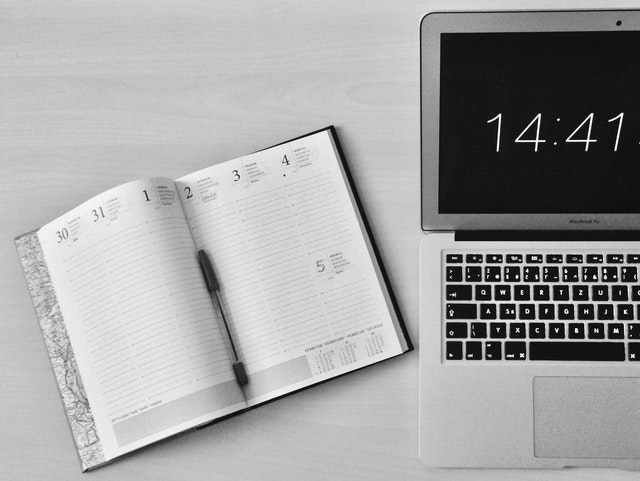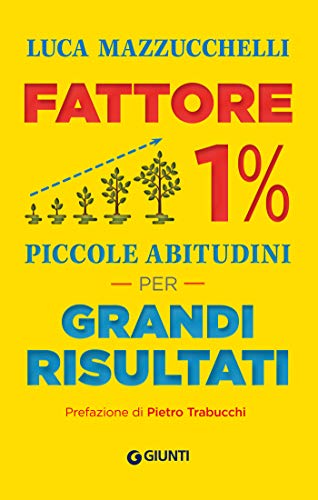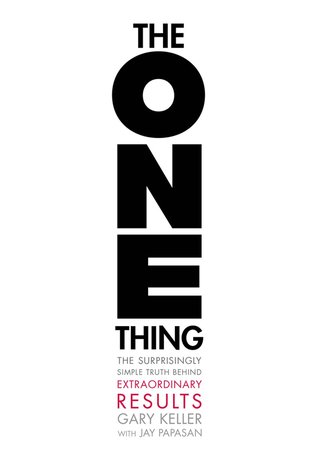“I don’t have time.” – It is the “No” of the 21st century, to those proposals that bore us or do not fully convince us. The truth is that we do have time. Maybe we don’t want to. Maybe we should just know how to organize. In the meantime, time doesn’t wait and runs, runs fast, runs anyway. It is up to us, every now and then, to stop and look for or create an order. To plan, to manage time so we don’t really feel lost, losing our sense of direction.
The year 2022 has just begun and our list of resolutions is sure to belong and be dense. But what’s important? And what are we doing to achieve our goals? It will sound motivational, but the road ahead is made up of many, very small steps and it also starts with what we’re going to do today. You read that right: today. Not tomorrow, not “someday, maybe…”.
That’s why I thought a vademecum on time management might be useful for everyone, to start thinking of the day as 24 hours, or 1440 minutes, or even 86,400 seconds. It’s still a day, of course, but it’s even clearer to understand that it’s up to each of us to make good use of it. And if “he who has time, waits for no time,” let’s get started.

1) Priorities
What should we start with? What is most important?
First, I suggest you set a specific goal: the more specific you are, the more likely you are to achieve it because you know the details. And by specific, I’m also talking about realism. Don’t chase the impossible at all costs, you’ll be left empty-handed.
Good, you have a goal. Now break it down into many small tasks. You’ll find that not all of them are of equal importance, and what’s more, you won’t be able to do them all at once. Multitasking is a myth of our time: doing it leads us to spend at least 20% more time than we would if we did one thing at a time and, to make matters worse, it leads us straight to mediocrity.
So, we must prioritize. How?
An aid gives us the matrix of Eisenhower, an instrument of optimization of the time that, in extreme synthesis, it supports that what is important not always is urgent and vice versa. By combining important and unimportant with urgent and non-urgent, you’ll understand which tasks you should do immediately and which you should delegate or postpone.
Goodbye guilt.

2) Planning
We’ve talked about a tool for prioritizing your tasks. Now they need to find a specific location. Specificity, remember?
There are so many time management apps out there: I bet you’ve even downloaded a few with the utmost ambition and then forgotten them in some smartphone folder or uninstalled them. I’ve done that, too.
But…drum roll: if these are to-do lists, they are useless! Sure, better than nothing…but if the result is an abstract to-do list, you’ve only emptied your head. You’ll remember a few, maybe.
More helpful is to accompany the activity at a specific time. It’s called time-blocking and it’s simply a technique for dividing your day into blocks of time: one for each task, with a beginning and an end.
A system for not feeling overwhelmed by abstract lists, with only one rule: when the time is up, hands up! Next activity. Only once you have completed the blocks, one after the other, can you return to what you may have left undone.
Remember: one thing at a time.
3) Time-break
Being productive does not necessarily mean working non-stop all day. Our brain needs breaks to recharge. You won’t be able to stay focused for more than 45 minutes. Taking a break is normal as well as right. For every hour, 15 minutes. Some people use the tomato technique: you’ve certainly heard of it. You set a 25-minute timer, after which you’ll earn yourself a 5-minute break. Every four tomatoes (2 hours) the reward will be a longer break, lasting 20 minutes. Required.
Don’t see distraction as a failure. It won’t make you unproductive. Just allocate some planned time for it. So get out of your chair, take a walk, scroll through your Instagram home. You’ll return to your business with renewed motivation.

4) Enjoy your free time
You’ve finished your activities. Now relax and give yourself some time. If you want to share it with those who make you feel good. Tomorrow is a new day. You can plan it before you go to bed or just tomorrow before you start.
5) One last thing
Remember yourself. Above all, always be clear about why you are doing what you are doing. Write it down on a piece of paper, on a post-it if you need to, but concentrate on it. That way you will never lose sight of your progress, what you are gaining or losing by not doing what you set out to do, perhaps with effort.
Reward yourself if you feel the need to do so. Accept that there is no such thing as perfection and that, sometimes, “done” is better than “perfect”.



BONUS: 3 good reads for you
- One Thing: The Only Way to Set Priorities and Get Exceptional Results by Gary W. Keller and Jay Papasan
- Factor 1%: Small habits for big results by Luca Mazzucchelli
- The Power of Habits. How they form, how they affect us, how to change them by Charles Duhigg






